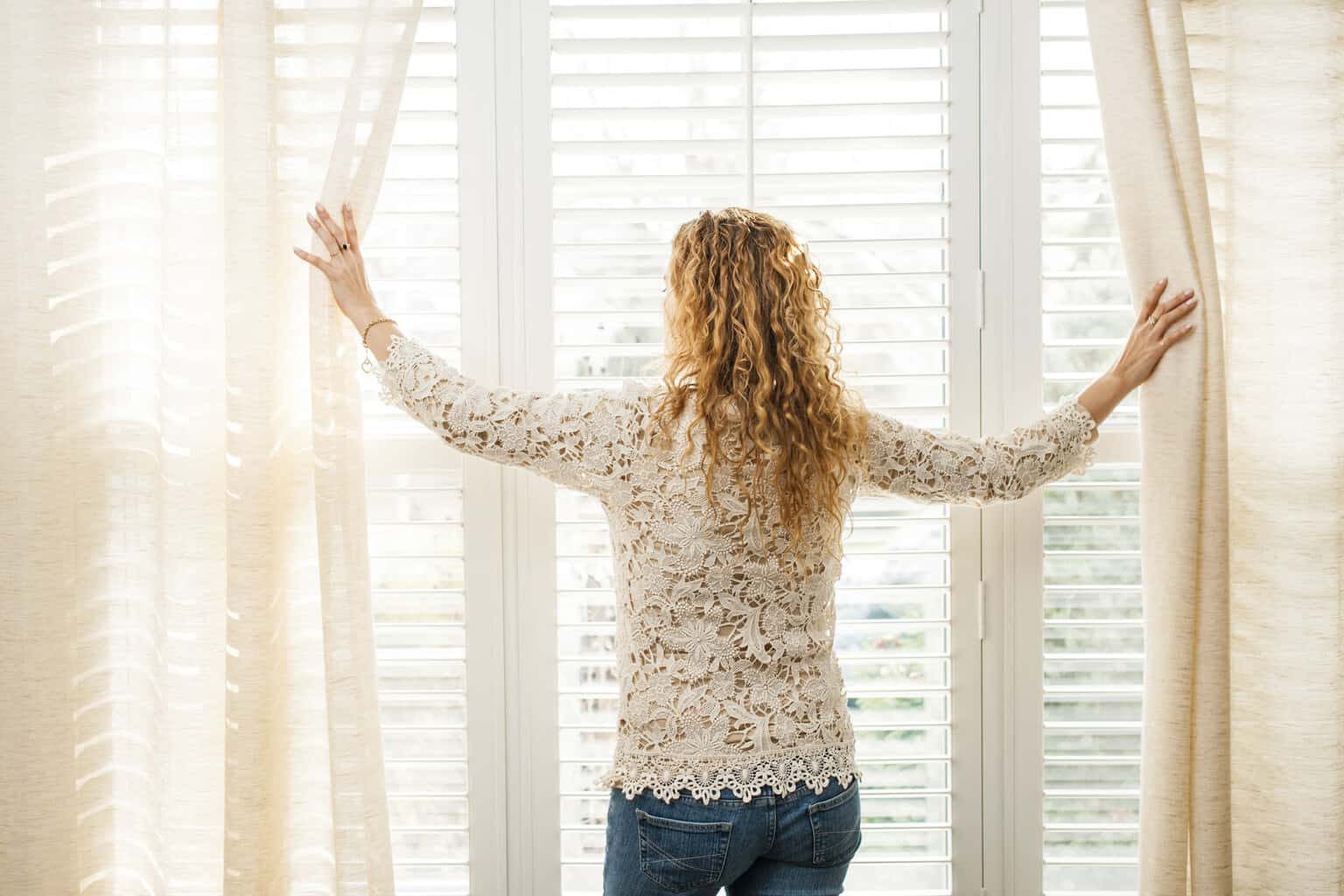NO OBLIGATION
Your Journey to a Beautiful Home Starts at Sunshine Drapery
Receive a complimentary professional in-home design consultation today!

Window treatments come in a variety of styles and options. You can install cellular shades or faux wood shutters or thick, velvety drapes. Another popular preference for window coverings is blinds; however, even these offer the choice of vertical or horizontal styles. How do you choose the best option in window blinds for your home? Once you understand the difference between vertical and horizontal blinds, you will be prepared to select the best one for your particular situation.
)
Receive a complimentary professional in-home design consultation today!